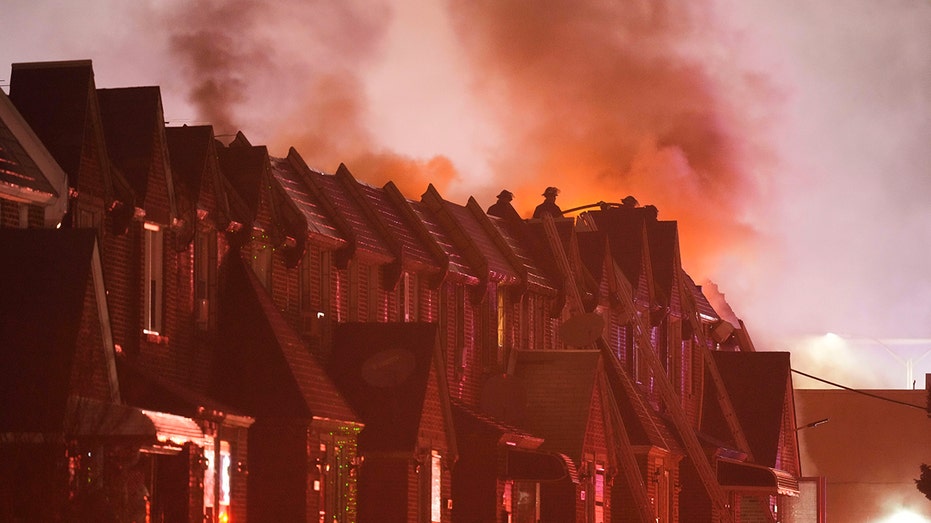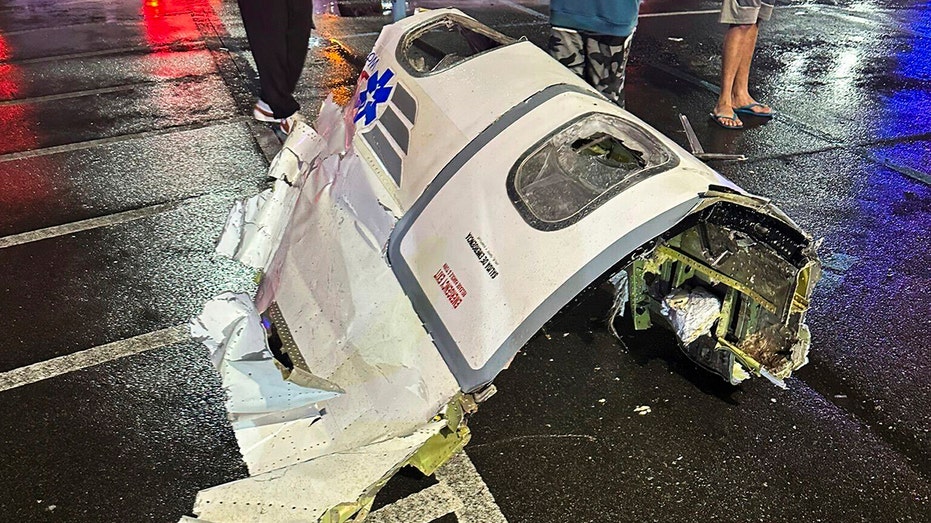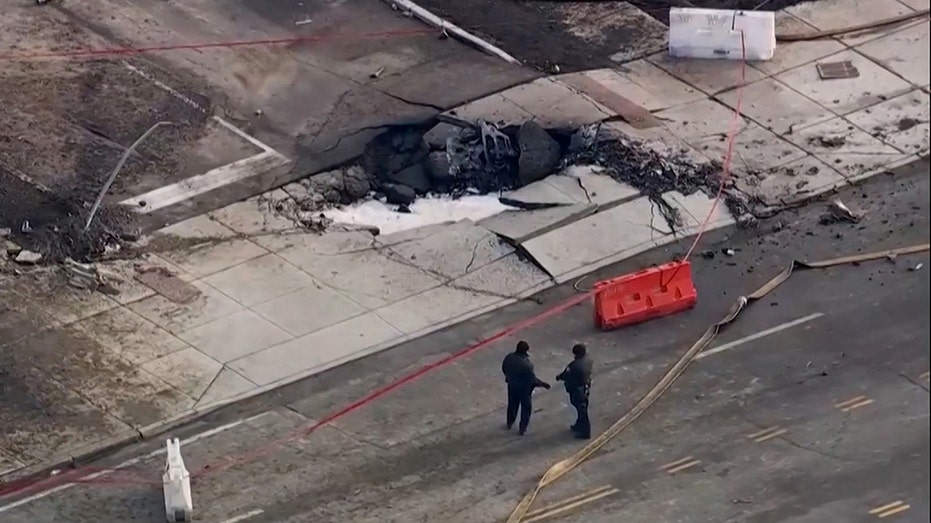Trump Is Threatening California in the Wrong Way
Stop rebuilding the conditions that left people vulnerable in the first place.

After Donald Trump visited the Los Angeles area late last month to observe the damage from recent fires, he made a nakedly political demand: As a condition of releasing federal aid to stricken areas, he wants California to make voters show ID at the polls. Trump is reportedly convinced that he would have won the state if it had such a law, but that has nothing to do with fire safety.
If Trump wants California to mend its ways before receiving federal disaster relief, he could make some reasonable requests: The state should stop encouraging suburban sprawl in fire-prone areas, for example, and start pushing property owners to take more precautions. To the exasperation of emergency-management experts and budget hawks alike, California fires are like many other disasters all around the country. They lead to massive insurance settlements and outflows of government aid, which in many cases pay for rebuilding the same physical environment that left people and their homes vulnerable in the first place.
[M. Nolan Gray: How well-intentioned policies fueled L.A.’s fires]
State governments typically manage the aftermath of natural disasters; when they are overwhelmed, they appeal to Washington for additional money. For years, people in my field have been urging Congress to put strings on that relief. Unfortunately, Trump’s voter-ID demand—along with his insistence that the state should also change its water policies, which he did not appear to fully understand—triggered a righteous response among prominent California Democrats. “Conditioning aid for American citizens is wrong,” Governor Gavin Newsom declared in a statement. No, it isn’t, but Trump is setting back the cause of reform.
The present federal disaster-relief system, built over decades, involves multiple pots of money from a variety of agencies: the Federal Emergency Management Agency, the Small Business Administration, the Department of Housing and Urban Development. The 1988 Stafford Act, which governs the distribution of many of these funds, is built on the presumptions that major disasters are random, rare acts of God, and that communities hit by them need to be made whole again. But as climate change repeatedly exposes certain regions to the same disasters—fires in California, hurricanes along the Gulf Coast, tornadoes in the Great Plains—rebuilding the status quo looks less and less defensible. “Okay, that was a 40-year-old building; let’s rebuild a 40-year-old building,” one recovery official in Louisiana memorably said in a 2009 PBS report, capturing widespread frustration with federal rules governing New Orleans’s long recovery after Hurricane Katrina.
Some local jurisdictions have responded to disasters by taking steps to avoid a repeat. In 2018, the Camp Fire destroyed most of the buildings in Paradise, California, and killed 85 people. To build there now, homeowners must abide by local regulations, known as defensible-space requirements, that require them to remove vegetation that would otherwise help a fire move more quickly. In 2013, a tornado in Moore, Oklahoma, killed 24 people, including seven children in an elementary school. The community responded in part by imposing stringent new residential building codes.
When I visited Moore last year, after a devastating tornado season in Oklahoma, a builder named Marvin Haworth walked me through a home that requires sheathing, nail shanks, and hurricane straps under the new regulations. He was originally concerned about the changes, but the added cost to home purchasers is minimal, and the matter is settled now. “It is not a part of the discussion anymore,” he told me. “It’s the code. This is the way we are building and are going to build.”
[Nancy Walecki: The place where I grew up is gone]
Moore and Paradise both had the foresight to acknowledge the risks they face and take it upon themselves to change. States generally do not require such steps. Sweeping policy changes are difficult to enact immediately after a disaster. People are hurt and in need; political considerations demand that immediate distribution of money. That’s why FEMA administrators under presidents of both parties have proposed some version of conditional relief funding. Project 2025, the blueprint for Trump’s policies, calls on states to pay a “disaster deductible” before securing federal aid—a requirement that might motivate governors and legislators to demand better preparation for disasters. As The New York Times reported, that idea originally came from Craig Fugate, President Barack Obama’s FEMA chief, who insisted that Washington needed a mechanism to force states to do better advance planning. But states want money unconditionally, and substantive reform proposals such as Fugate’s have not survived political pushback.
Nevertheless, a lot of little changes—stronger nails, cleared yards—can add up to a more resilient society. Trump’s focus on political payback is unfortunate, because the current system needs an overhaul. Disasters are no longer random or rare. When disaster strikes, we should rebuild accordingly.






























.png)





















![‘Companion’ Ending Breakdown: Director Drew Hancock Tells All About the Film’s Showdown and Potential Sequel: ‘That’s the Future I Want for [Spoiler]’](https://variety.com/wp-content/uploads/2025/02/MCDCOMP_WB028.jpg?#)
























